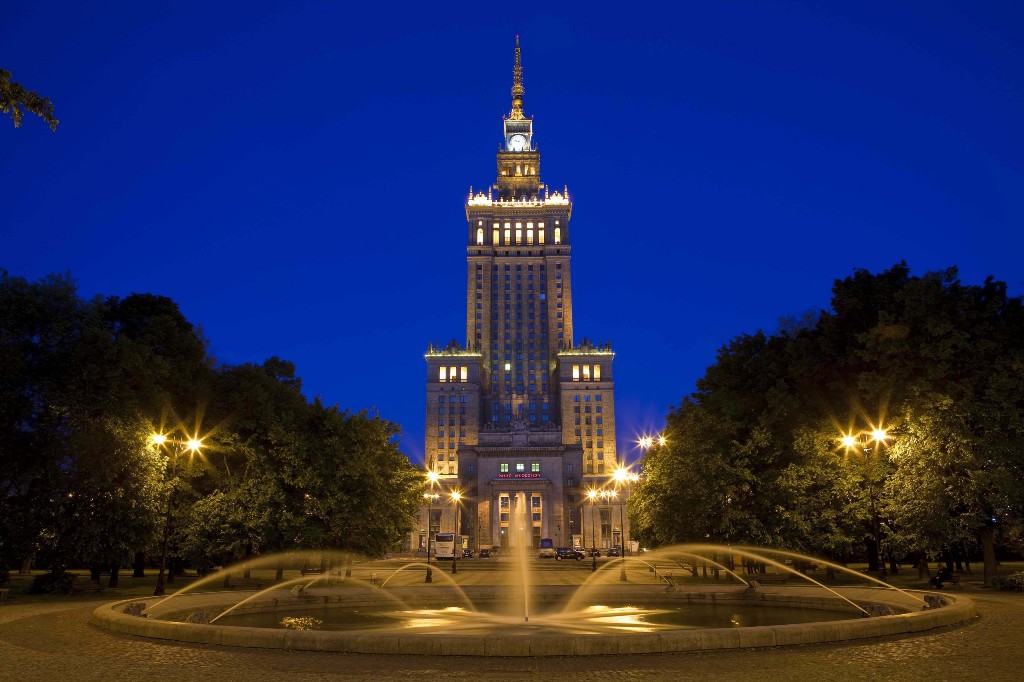Warsaw
All the credits (including photos) on this site belongs to Warsaw Capital City – warsawtour.pl/
City of Warsaw
Warsaw is a city of constant change. It’s not just its historic buildings, location, or importance in the region. Warsaw stands for its residents who want to participate in making decisions about their own city and to develop it. Warsaw is open, friendly, active, and diverse.
Warsaw is Poland’s capital city and its most important economic centre. It has a population of nearly 1.8 million and covers an area of 517 km2. It is composed of eighteen districts.
Along with its neighbouring municipalities, it forms the Warsaw Metropolis, which is one of Europe’s most rapidly developing areas. It features seventy municipalities, over 6000 km2 of area and about 3.1 million residents.
Warsaw is an important academic and scientific hub. Some of the country’s best universities, attracting students not just from Europe, are based here. The city occupies a prominent position among developing technological hubs. Its creative sector is on the rise, making Warsaw even more attractive to talented creators and artists.
Warsaw has a lot of green areas to offer and an incredibly well-developed public transport network. Green areas and forests cover more than 26% of the city’s total area. A unique natural asset are the Vistula’s wild river banks. The city has a rich and varied cuisine and an incredible restaurant base. It ranks among the top vegan-friendly cities.
Warsaw’s local government actively works to make the city inclusive to all. Everyone feels at home here, wherever they come from, whatever their religion or lifestyle might be. Warsaw is also a city developing in a dialogue with its residents, supporting NGOs and civil society.
In 2019 Warsaw was chosen the most disabled-friendly city in a competition organised by the European Commission.
Statistics (2020)
- Area: 517 sq. km.
- Population: 1 790 658 citizens
- Population density: 3 462 people / 1 sq. km.
Warsaw Rising Museum
A unique place that helps visitors understand contemporary Warsaw. This interactive museum commemorates the largest underground combat operation in German-occupied Europe during World War II. The 1944 Warsaw Uprising changed forever the face of the Polish capital. The multimedia exhibition reflects the atmosphere of the Uprising, shows not only the military history of the 63 days of fighting and the everyday life of the civilian population, but also describes the post-war communist terror. ul. Grzybowska 79

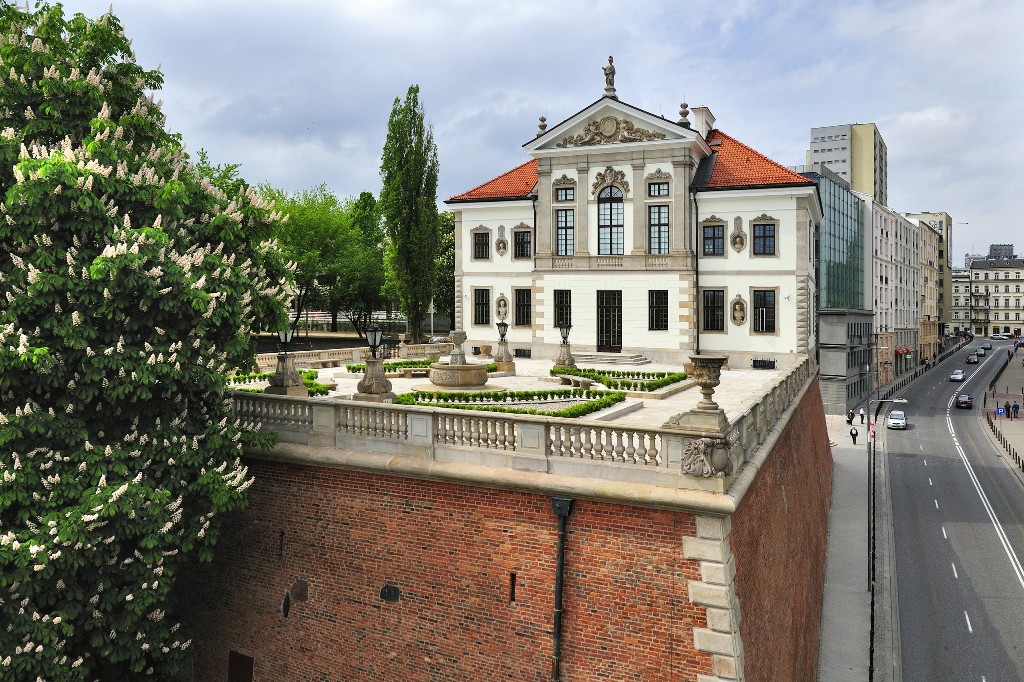
Fryderyk Chopin Museum
Fryderyk Chopin is one of the most famous Varsovians and a trip to his museum is a must on any visit to Warsaw. It is located in the historic Ostrogski Palace and is one of the most modern biographical museums in Europe. The exhibits and multimedia displays tell the story of the life and the work of the composer. ul. Okólnik 1
Museum of King Jan III’s Palace at Wilanów
Wilanów Palace is the Baroque gem of Warsaw. The palace and garden remained unchanged despite annexations, wars and occupations. See the home of King Jan III Sobieski, the vanquisher of the Turks at Vienna, who in 1683 stopped their march through Europe. The ruler, who gained the nickname of the fearless Lion of Lechistan, lived in the palace with his beloved wife, Maria. ul. St. Kostki Potockiego 10/16

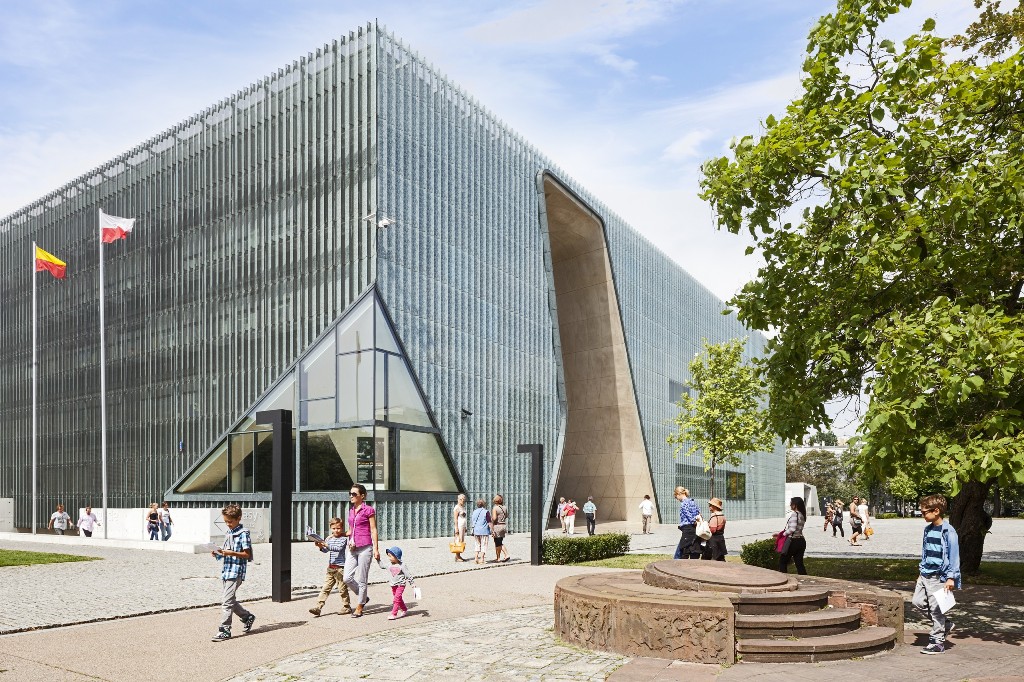
POLIN Museum of the History of Polish Jews
An unusual museum in a unique location. One thousand years of history is told in a symbolic place in the center of Warsaw – in the pre-war district inhabited mainly by Jews, and during the war transformed by the Germans into a ghetto. The museum restores the memory of their rich culture and heritage. ul. Anielewicza 6
Old Town
Warsaw’s Old Town is the jewel in the Polish capital’s crown. It delights visitors with its colourful tenement houses and the unique atmosphere of its narrow streets. It is no wonder that it has been entered on the UNESCO World Heritage list! Be sure to visit the Royal Castle. It was there that the Constitution of 3 May was passed – the first in Europe and the second in the world. In the former home of Polish rulers, you will see the royal apartments, paintings by Rembrandt and canvases by Bernardo Bellotto, also known as Canaletto.
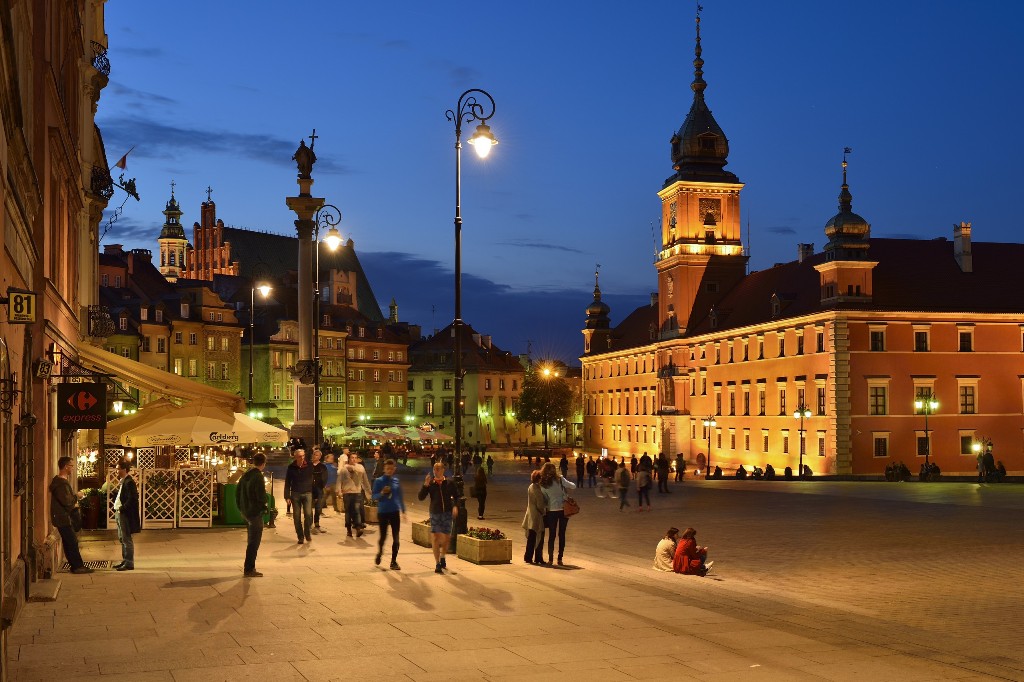

Vistula Boulevards
It is difficult to imagine a panorama of Warsaw without the Vistula – the river has had a huge impact on the development of the city, and today offers tourists and locals countless attractions. A kilometres-long riverside promenade is a great place for a walk, a bike ride, as well as a night of fun in one of the seasonal clubs operating here. Along the boulevards are gazebos with sun loungers, stone benches and seats made from tree branches. There is also a lookout point and a mini beach with wicker baskets. In such a place, there has to be a place for the symbol of the river and Warsaw – the Mermaid. Stop at the monument and take a photo.
National Museum in Warsaw
The museum houses a magnificent collection of over 830,000 exhibits from all periods, from antiquity to the present. Masterpieces of Polish and world art are presented in themed galleries. In the Faras Gallery you can see the largest collection of Nubian artefacts in Europe from the eighth to the fourteenth centuries, including a unique collection of wall paintings. They come from the flooded Christian cathedral at Faras in Sudan and depict divinities, dignitaries and saints. Al. Jerozolimskie 3

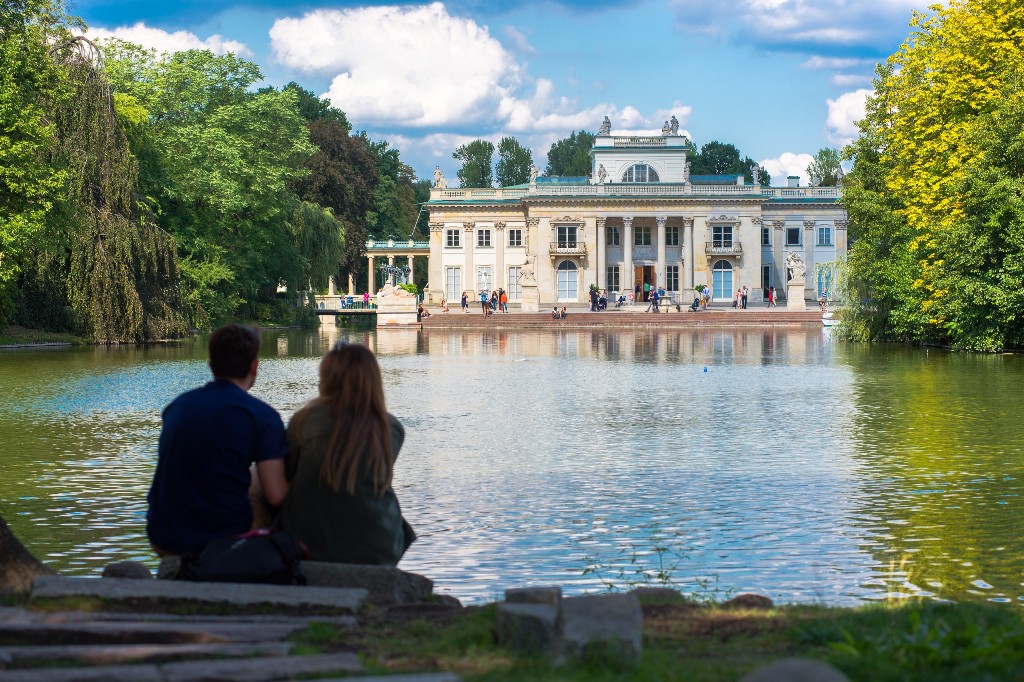
Royal Łazienki Museum
This vast garden is a favourite place for Varsovians where they go for long walks amid beautiful nature and architecture to rest from the hustle and bustle of the city. At the heart of the park is the summer residence of the last king of Poland – Stanisław August Poniatowski. The name of the complex comes from the seventeenth-century bathhouse of a Polish nobleman, rebuilt in the 18th century into a palace. Here, in the Palace on the Island, King Stanisław August Poniatowski hosted his famous Thursday dinners, to which he invited scholars and poets to discuss the issues of the day. Today it is a museum where you can admire paintings from the royal collections. ul. Agrykola 1
Palace of Culture and Science
One of the highest and most recognisable building in Warsaw can be seen from almost every part of the capital. Where did it come from? It was opened in 1955 on the initiative of Joseph Stalin as a “gift of the Soviet people for the Poles”. Built by Russian workers, for a long time, it was considered to be a symbol of socialist power and the pride of People’s Poland – it was where conventions of the Polish United Workers’ Party took place. Since its very beginning, its monumental interiors have hosted numerous concerts, exhibitions, fairs and shows. pl. Defilad 1
